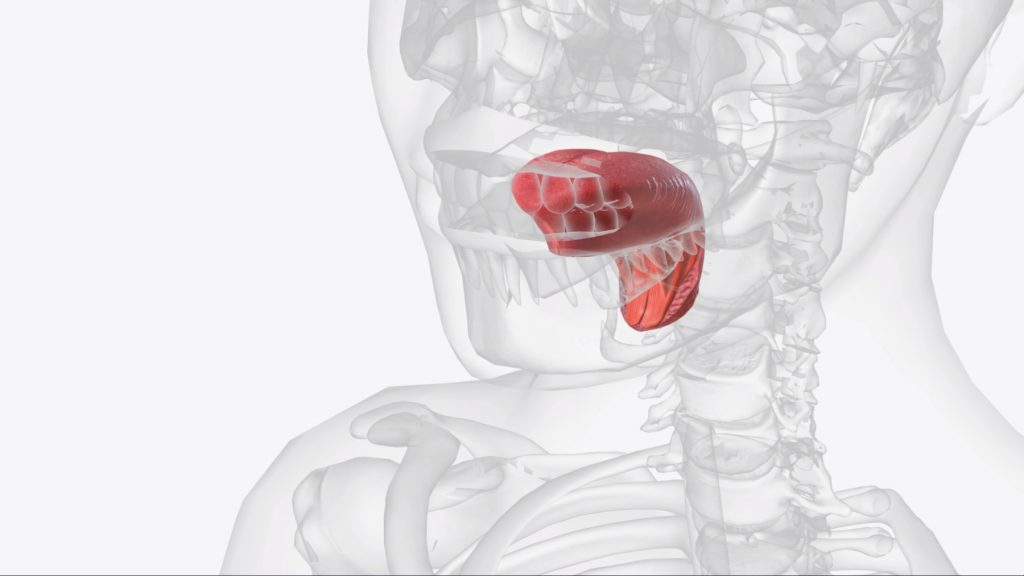
Researchers from Iraq and Australia have established an AI model capable of detecting various types of diseases by simply analyzing an image of the tongue.
The latest AI model was created by a partnership between Middle Technical University (MTU) in Baghdad and the University of South Australia (UniSA). This project was founded by bringing back some of the ancient approaches adopted to diagnose health conditions, by examining the tongue.
This method has been adopted in Traditional Chinese medicine for over than 2,000 years.
Decoding Disease Through Colors
By integrating old medical practices into advanced technology, which is AI, the researchers led by Dr. Ali Al Naji, have brought this method into the 21st century.
For his part, Professor Al Naji further explained the way the color of a person’s tongue can be associated with a disease.
Al Naji explained, “Typically, people with diabetes have a yellow tongue, while cancer patients might present with a purple tongue with a thick greasy coating. Acute stroke patients often have an unusually shaped red tongue.”
In addition to that, he also mentioned that if a person’s tongue is white, this could be a sign of anemia, while COVID-19 patients often have a deep red tongue.
To be able to do the analysis, the AI model was trained on 5,260 images of tongues, each showcasing a different type of disease. During the training process, the AI model was taught to identify the simple differences related to the color of the tongue and the texture, which are considered key indicators of health issues.
Meanwhile, to assess the effectiveness of this AI model, researchers have conducted more trials, using 60 other images belonging to two patients. These patients were positioned 20 centimeters away from a laptop equipped with a webcam, taking pictures of their tongues. Afterward, the AI analyzed the images and succeeded in diagnosing nearly all the cases with an accuracy rate of 98%.
AI as a Diagnostic Ally, Not a Replacement
The outcomes of the study published in Technologies show that AI-powered tongue analysis may be one of the most secure, efficient, and user-friendly ways of conducting screening for diseases.
According to the researchers, the potential exists for the technology to be integrated into a smartphone app, in which users are required to take a picture of their tongues to get an instant health assessment.
Study co-author Professor Javaan Chahl of UniSA said that this technology can also eventually complement today’s medicine.
“These results confirm that computerised tongue analysis is a secure, efficient, user-friendly, and affordable method for disease screening that backs up modern methods with a centuries-old practice,” Chahl said.
Final Thoughts
This latest AI model that detects and integrates cutting-edge technologies into the field of healthcare is becoming a key measure to be taken. It also shows that this technology is not here to fully replace traditional diagnostic methods, but rather to complement them. However, and given that using such technologies requires a huge amount of data, it is crucial to ensure the data privacy of patients. And last but not least, human intervention will always be a must because AI technology is prone to making errors.
Inside Telecom provides you with an extensive list of content covering all aspects of the Tech industry. Keep an eye on our Medtech section to stay informed and updated with our daily articles.